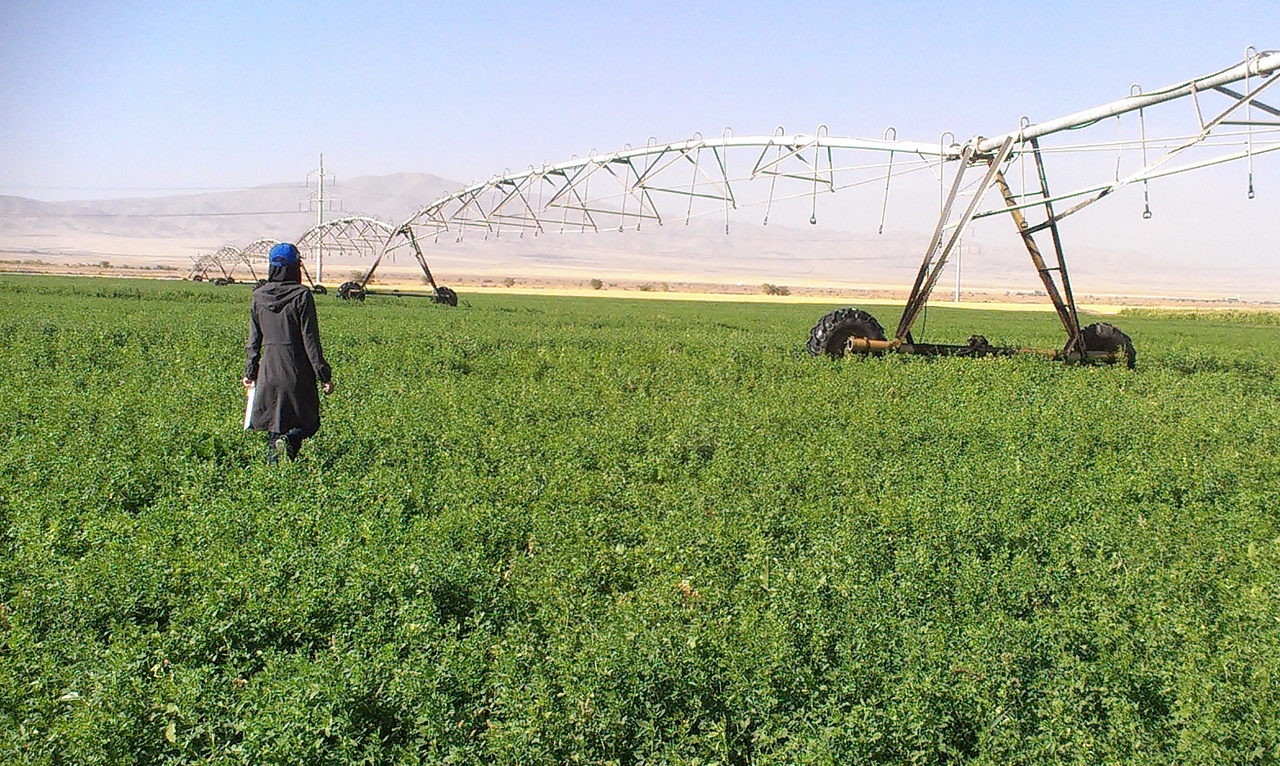The agricultural mechanization coefficient in Iran presently stands at 1.5 horsepower per hectare, which is expected to increase to 2.1 hp/ha by the end of Hassan Rouhani’s second presidential term (August 2021), the head of Agricultural Mechanization Expansion Center with the Ministry of Agriculture.
“About 53.5 trillion rials (more than $1.3 billion) worth of investments have gone into the mechanization of different fields of agriculture since August 2013 when President Rouhani first took office,” Kambiz Abbasi was also quoted as saying by Mehr News Agency.
The official added that close to 70% of cultivation and 95% of harvest on the country’s grain farms are mechanized. The share of mechanization in rice harvest stands at 80-85%.
“The incumbent government has invested a record high of 6 trillion rials ($156 million) in the mechanization of rice production,” he said.
Abbasi said mechanization has helped lower costs of production and harvest by 60% and 70% respectively and increased productivity.
Pre-harvest, harvest and post-harvest stages of rice production on 250,000 hectares of paddy fields have been automated over the past four years.
“Corn and sugarbeet cultivation is entirely mechanized and 70-75% of saffron cultivation are carried out via mechanized machinery. Yet saffron harvest is still in need of modern technology and investments,” he said.
“Today we have over 440,000 tractors, 35,000 seed sowing machines and more than 16,000 combines in the country.”
The government says it is investing about 15 trillion rials ($395.5 million) on agricultural mechanization in the current Iranian year (March 2017-18), 25% more compared with last year’s investment.
“Of the total sum, about $211 million, $80 million, $40 million, $20 million and $10.5 million will be dedicated to farming, horticulture, livestock and poultry, fisheries and seafood, and medicinal herbs respectively,” Abbasi said.
Morteza Shahidzadeh, the head of Keshavarzi Bank, said close to 15 trillion rials (nearly $370.28 million) worth of banking facilities will be earmarked for the expansion of mechanization in agricultural fields in the current year.
“During Rouhani’s first four years in office, 40 trillion rials [$987.41 million] worth of banking loans were granted to the private sector,” he said.
According to Abbasi, about 95% of Iran’s agricultural machinery are produced domestically and the rest is imported.
Iran’s agriculture sector grew by 4.2% in the fiscal 2016-17 compared to the preceding year, according to the Central Bank of Iran.
Mechanization to Curb Agricultural Waste
Between 25% and 30% of Iran’s agricultural machinery have been repaired or renovated since the beginning of Hassan Rouhani’s presidency, Abbasi said.
Old machinery used in this sector is the main reason behind agricultural waste, which is said to cost Iran’s economy over $5 billion per annum.
The volume of agricultural waste in Iran is twice the global average. Currently, up to 30% of agro products go to waste in the country during the pre-harvest, harvest, post-harvest and supply stages, IRNA reported.
According to Food and Agricultural Organization, 1.3 billion tons of food, mainly fruit, vegetables, fish and grains, are wasted globally every year and Iran is responsible for 2.7% of it, equal to about 35 million tons of the total sum.
“Thanks to the Joint Comprehensive Plan of Action [the formal name of the nuclear deal Iran signed with world powers in 2015], renowned brands of rice cultivation machinery, heavy tractors, combines and orchard tractors were imported last year,” Abbasi said. Most of the imports came from Germany, Italy, France, South Korea and Japan.
Domestic Tractor Production
Domestic producers recently voiced concerns regarding import of tractors. Amir Hossein Shiravi, the director general of Machinery and Equipment Manufacturing Office with the Ministry of Industries, Mining and Trade, said on Saturday that in the 18 months to Sept. 22, only 2,220 tractors, including 1,740 light- and medium-weight and 480 heavy tractors, were imported into the country, while over the same period, some 22,400 tractors were produced by local manufacturers.
“Imports constituted less than 10% of our domestic production. Heavy tractors are imported since we cannot manufacture them inside the country and there is demand for them. Also, light and medium-weight tractors were imported legally and all the tariffs and customs duties have been paid,” Shiravi was quoted as saying by IRNA.
The official noted that local companies have recently started the domestic production of heavy tractors. One heavy tractor manufactured by Iran Tractor Manufacturing Company was unveiled on March 2015 during a ceremony attended by Minister of Agriculture Mahmoud Hojjati. The company has yet to start mass production.


